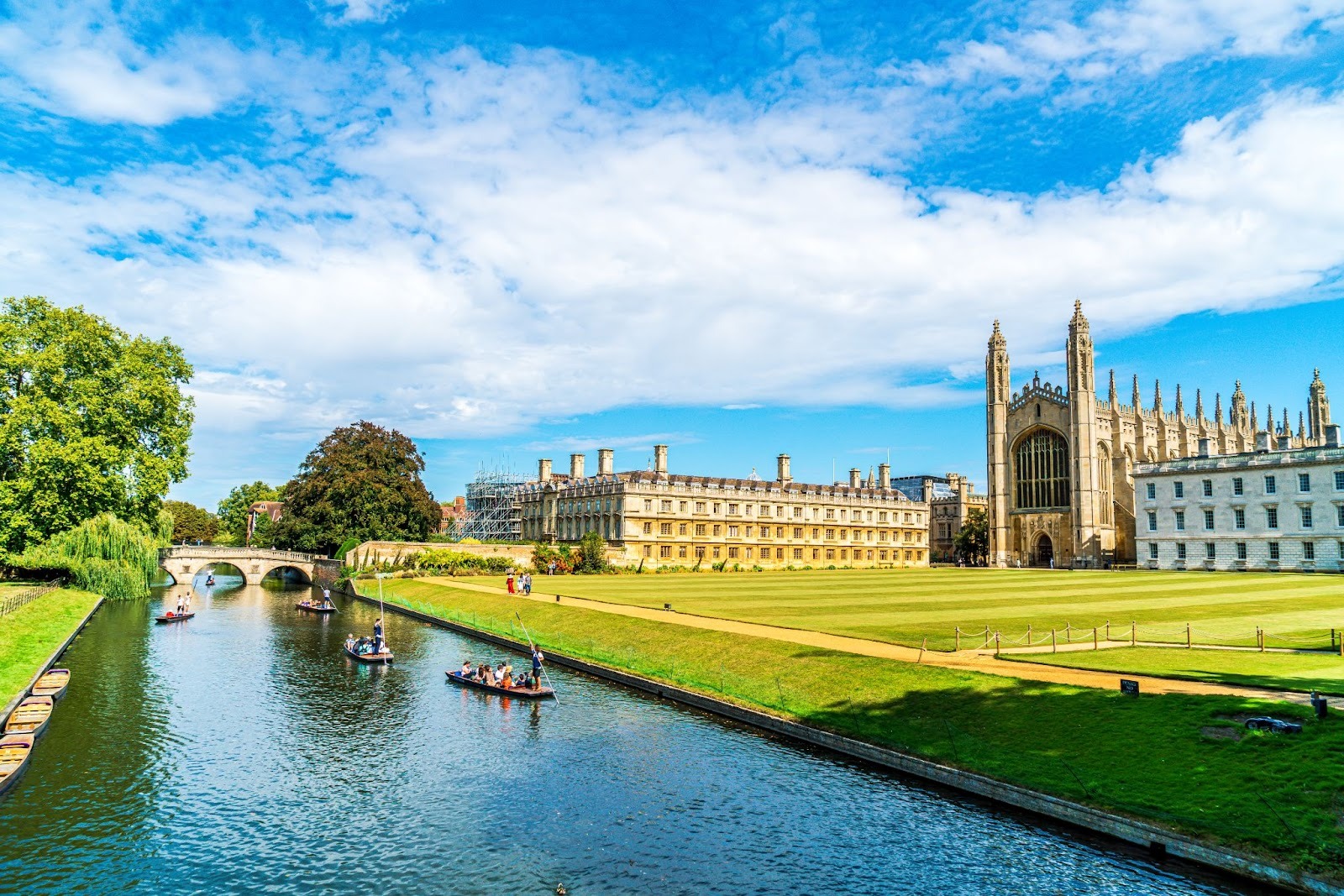In mid‑2025, the search for the best place to buy houses in London has evolved beyond London, as regional markets offer compelling growth and value. While London continues to offer its own advantages, buyers and investors are increasingly drawn to regional hotspots that present more affordable entry points, growth potential and appeal. This guide meanders through this shifting landscape, emphasising both the resilience of London and the increasing appeal of regional centres.
The Enduring Advantages of London
London retains substantial strengths despite slower price growth compared with regional areas. The capital remains a global financial centre with an unmatched range of amenities, cultural institutions and employment opportunities. Its prime neighbourhoods, strong transport network and international appeal ensure a resilient property market, particularly for long‑term investment. While growth rates may be modest, the stability and prestige of London continue to deliver confidence for many buyers.
Fragmentation of the UK Property Market
At the present time, the UK property landscape shows significant geographic divergence. Scotland and the North East now lead in house‑price growth, reversing the historical North‑South divide. Hybrid working trends have spurred demand for affordability, space and lifestyle improvements beyond urban cores. Consequently, a fragmented market has emerged: national growth is moderating, but high‑growth pockets are abundant in regional cities and commuter towns with regeneration, economic dynamism and tight supply driving capital appreciation and rental returns.
Commuter Towns: Balancing Affordability with Connectivity
Many London commuters now prioritise lifestyle and value over proximity. Towns within roughly 30 minutes of London are thriving.
- Reading benefits from the Elizabeth Line and a strong tech economy. It offers a solid combination of affordability and high demand.
- Luton provides one of the most economical entry points into the commuter belt, with excellent links and strong rental yield.
- Milton Keynes blends excellent connectivity with green space and modern planning, appealing to those seeking wellness‑oriented living.
Other notable locations – Slough, Watford, St Albans – also attract buyers for their transport convenience, regeneration and quality of life.
Affordable Growth Pockets within London
Even inside London, several areas present relative affordability alongside regeneration potential:
- Erith offers nature, shopping at Bluewater and a manageable commute.
- Thamesmead and Plumstead are sites of major regeneration, presenting potential for future value growth.
- Barking & Dagenham offers relatively low property prices alongside enhanced transport links and ongoing regeneration initiatives, making it an increasingly attractive option.
- Croydon and Sutton deliver a range of housing, good schools and future development, making them attractive to families and investors alike.
Northern and Midlands Cities: High Growth and Yield
Regional cities are leading in both price growth and rental income – ideal for investors and lifestyle buyers.
- Manchester, regarded as the Capital of the North, is supported by tech, creative and financial sectors. Its revitalisation projects, including new housing supply, are creating significant capital appreciation.
- Liverpool stands out for exceptional rental yields, affordable terraced houses and a cultural renaissance that sustains tenant demand.
- Birmingham offers abundant regeneration and infrastructure development. Projects such as Smithfield and HS2‑related initiatives strengthen its status as a viable London alternative.
- In Yorkshire, Leeds leads with strong finance and banking industries, while Bradford, boosted by its City of Culture status in 2025, offers particularly affordable options with cultural and infrastructural momentum.
Other Emerging Regional Areas
Beyond the cities already noted, further regional areas present worthwhile prospects:
- Sheffield is among the most affordable major cities, offering good rental yields and a growing economy.
- Newcastle upon Tyne, located in the North East, offers a competitive property market with attractive pricing, growing rental demand and promising prospects for value appreciation.
- Glasgow remains a cost‑effective option with solid rental markets and growth trajectory.
Underlying Trends Shaping Buyer Choices
- Hybrid Working has transformed expectations. Many are now willing to commute infrequently in return for better value and space.
- Well‑Being and Lifestyle have become central. Access to green space, wellness‑style living and modern new‑builds are increasingly important. Milton Keynes exemplifies this trend.
- Supply Constraints persist, reinforcing demand in areas with active regeneration or growth projects. Cities such as Manchester and Birmingham are delivering new housing at scale.
Market Outlook: Navigating Affordability and Supply Constraints
While the property market has faced some fluctuations in 2025, conditions remain broadly positive. Falling mortgage rates and rising wages are gradually improving affordability for buyers, helping to support stable demand. However, a continued imbalance between supply and demand – particularly in high-interest areas – remains a key factor. Limited rental stock and fewer housing starts highlight the importance of regeneration schemes and well-planned developments in sustaining long-term market resilience.
Tailored Guidance for Different Buyer Profiles
A well-considered strategy depends on the specific needs and priorities of the buyer.
- First-time buyers may benefit from affordable commuter towns with strong links to the capital—such as Luton and Basildon—or from regional cities like Sunderland and Bradford, which offer high rental yields and ongoing regeneration.
- Buy-to-let investors should focus on cities with consistent growth and tenant demand, such as Liverpool, Manchester and surrounding towns like Stockport.
- For those prioritising lifestyle alongside accessibility, towns like Milton Keynes, St Albans and Beaconsfield present a desirable mix of high living standards and practical commuting connections.
Conclusion
The UK property market in mid‑2025 presents a landscape rich in opportunity for buyers and investors. While London, with its prime credentials, remains a solid choice, regional cities and well‑connected commuter towns offer stronger growth potential, affordability and yield. Locations such as Liverpool, Manchester, Bradford, Milton Keynes and Reading are redefining the market.
As a well-established estate agency in London, Maskells is uniquely positioned to support clients navigating the evolving market, highlighting both the enduring strengths of the capital as well as the rising interest in regional locations. They help clients balance prestige with potential by considering choices across the wide range of opportunity in the UK.
